The Galápagos Islands are a truly unique, completely isolated set of islands in the middle of the Pacific Ocean. Yet they are filled with so much life it is often overwhelming and unexpected.
Here are 5 surprising facts about Galápagos:
1. Approximately 30,000 people live in the Galápagos
When most people think of the Galápagos, images of giant tortoises, sea turtles and blue footed boobies come to mind, and many visitors are shocked when they discover there are actually thriving communities of people living in the islands. Due to the conservation of the Galápagos National Park 97% of the Galápagos archipelago is a protected area, with the remaining 3% inhabited by people. Spread across the islands of Baltra, Santa Cruz, Isabela, San Cristóbal and Floreana the residents of Galápagos are, in many ways, no different than the other endemic species on the islands – they must adapt to the conditions. Living in Galápagos comes with it’s own set of challenges and rewards and every living creature must adapt to survive.
2. Galápagos has the highest shark biomass in the world
The protected Galapagos Marine Reserve is a haven for many marine species, especially sharks. The two most northern islands of the Galápagos, Wolf and Darwin, have been discovered to have the highest shark biomass in the world. Primarily populated with hammerhead, Galapagos and black tip sharks, the Galapagos islands are an opportunity for researchers to dive and study these beautiful creatures and understand their incredibly important part in the marine ecosystem.
3. You can see flamingoes and penguins on the same island
Isabela Island is home to both flamingoes and penguins. Visitors have the chance to see both within a short distance from each other. Flamingoes can often be found in the lagoons around the town of Puerto Villamil, whilst penguins can often be seen just off the dock in the Tintoreras area. You may even be lucky enough to spot one of these super fast swimmers while you are snorkelling.
4. Volcanoes are continually active
The Galápagos Islands were formed by a hotspot near the centre of the earth causing the nascar plate and the continental plate to crash together. The resulting magma rising to the surface created entire islands, resulting in the 127 islands, islets and rocks that exist today. The movement of the tectonic plates is continuous and as a result many of the volcanoes in Galápagos such as Wolf, Sierra Negra, Cerro Azul and Alcedo in Isabela Island, and Fernandina Island are very active with the most recent eruption of Wolf volcano in 2015.
5. Research is being continually undertaken in Galápagos
The ever increasing number of visitors to Galápagos has had an impact on the native and endemic species that inhabit the islands. Increased shipments, flights and tourist growth means the risk of ants, flies and mosquitos arriving in Galápagos as well as plants and other invasive species is continually increasing. Introduced species can have a devastating effect on the native and endemic species of Galápagos, and research is being continually undertaken by many scientific organisations, such as the Charles Darwin Foundation, WWF and Galapagos Conservancy. Research is also continually undertaken on sustainability and conservation to try and ensure all species in Galápagos are protected from the results of increased economic growth.



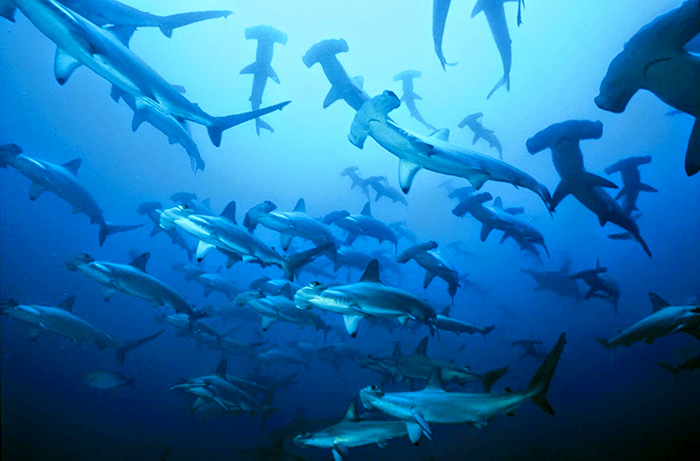
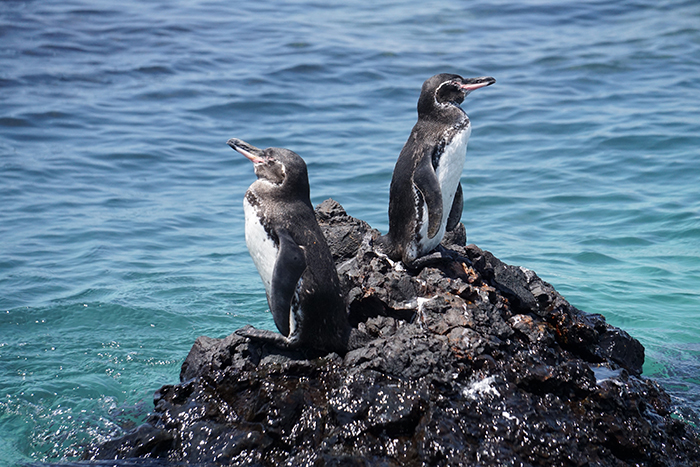
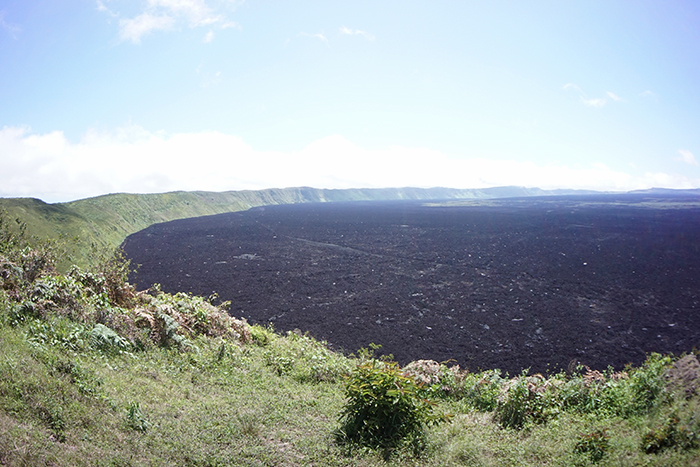
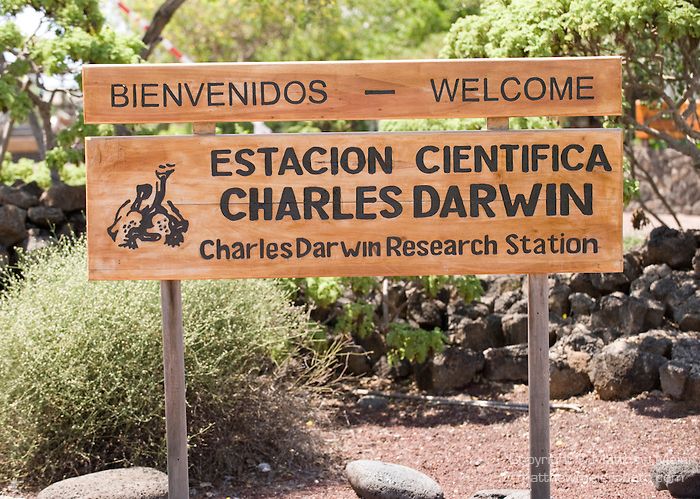
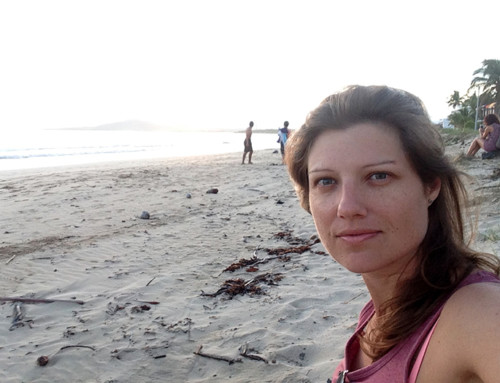
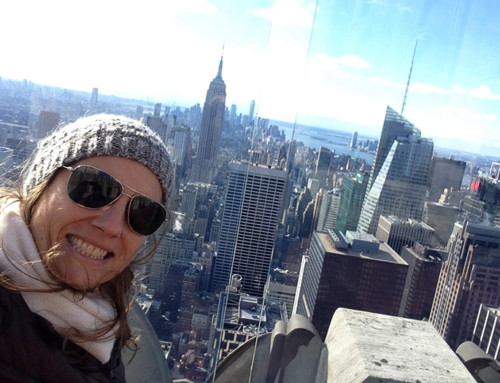
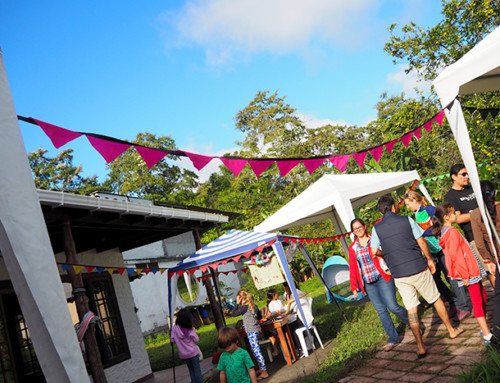
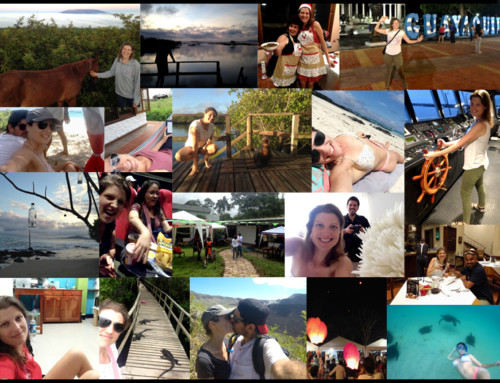
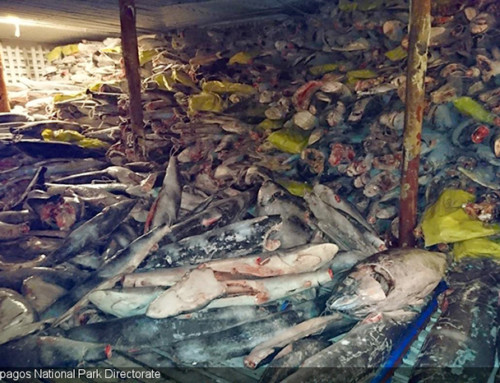
Leave A Comment